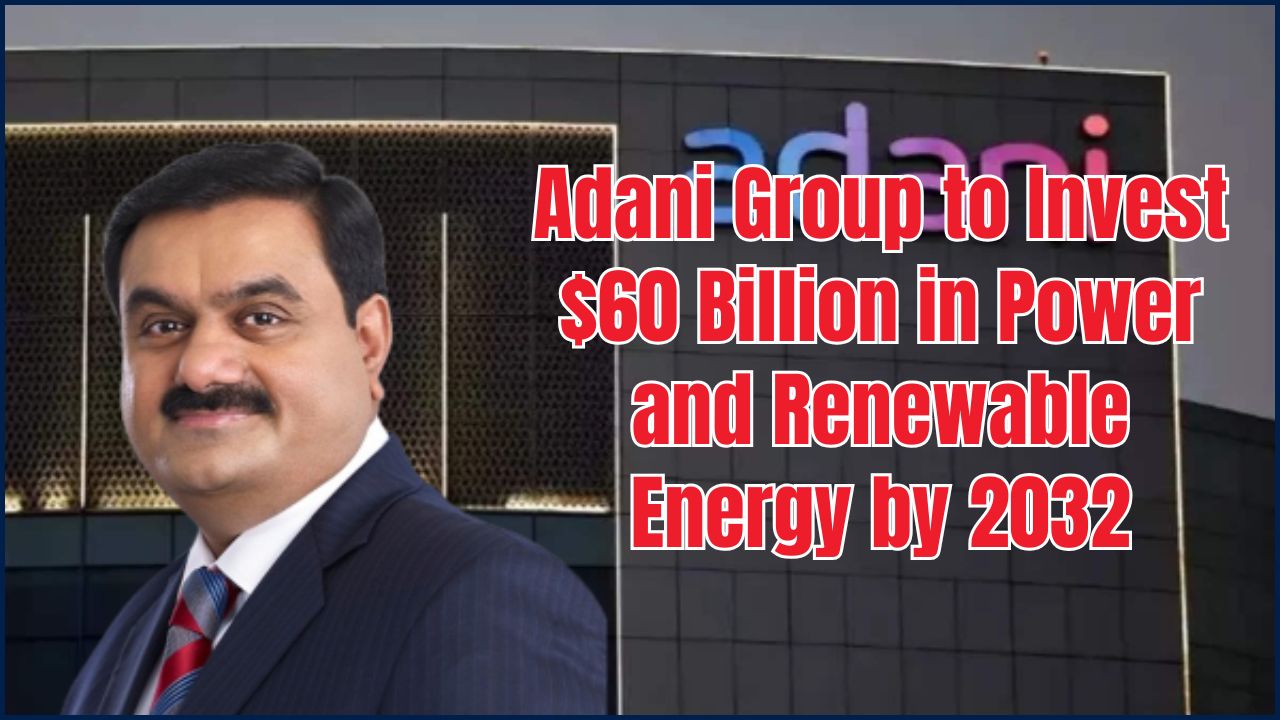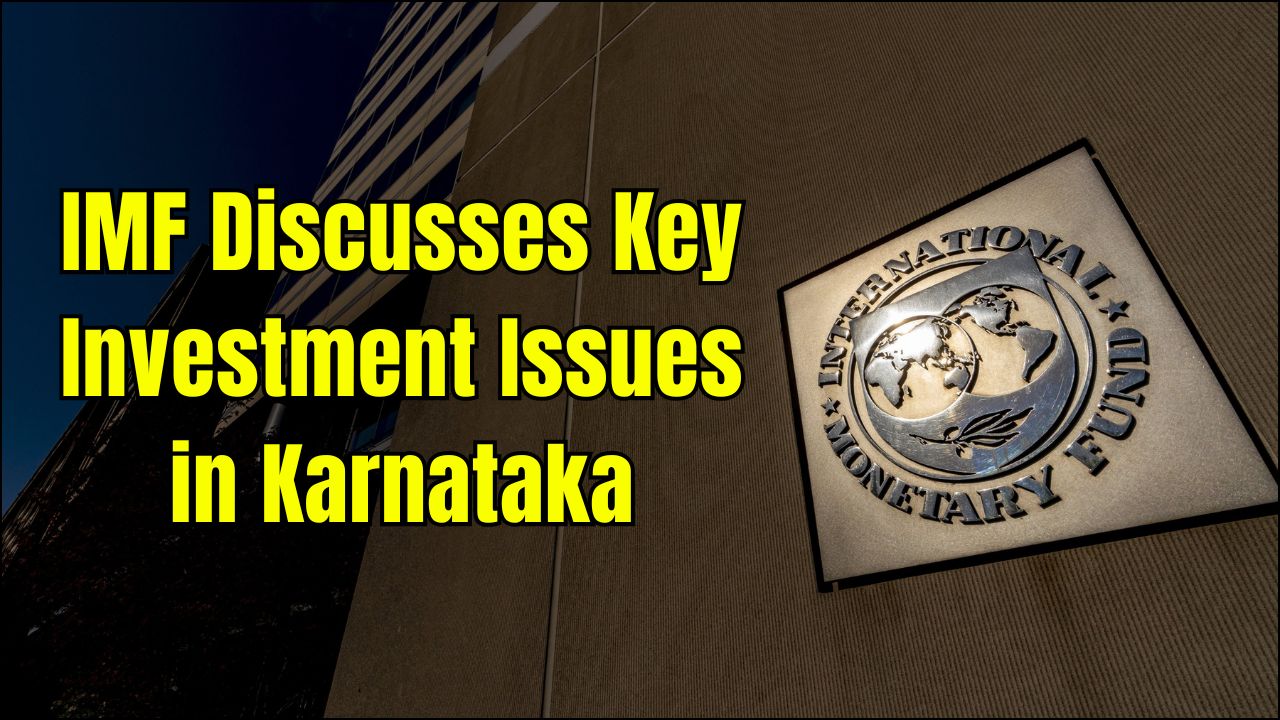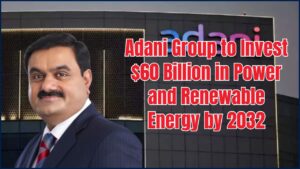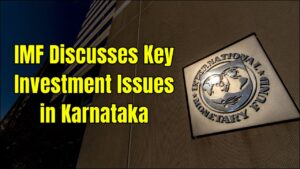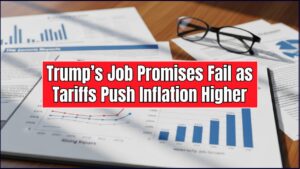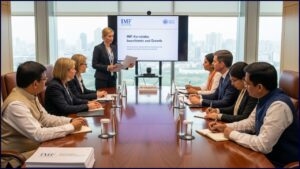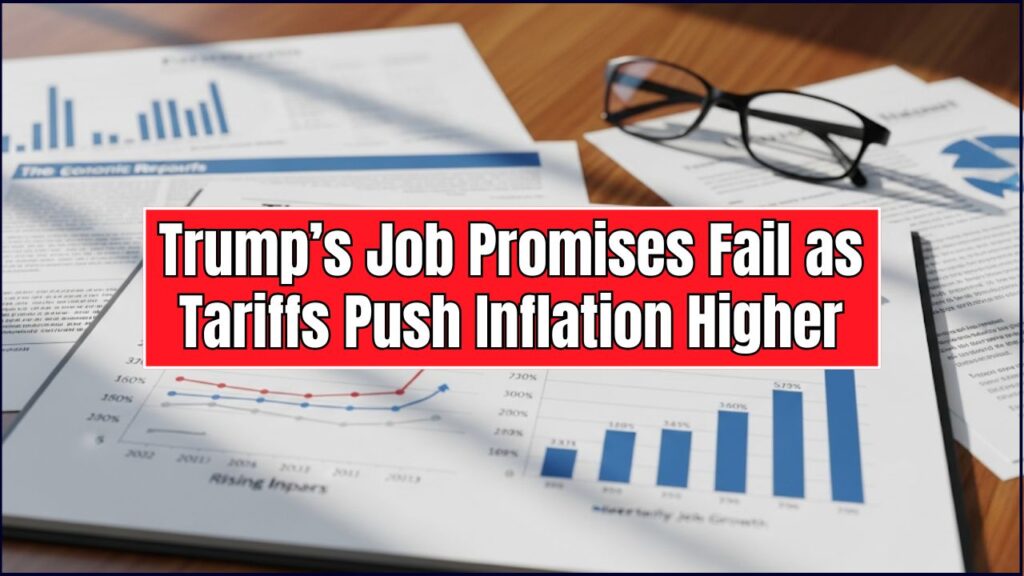
The United States economy added just 22,000 jobs in August, a sharp decline compared to recent months, as President Donald Trump’s job promises continue to fall short. At the same time, consumer prices rose faster than expected, with economists pointing to the administration’s aggressive tariff strategy as a major factor.
Tariffs Push Inflation
| Key Fact | Detail/Statistic |
|---|---|
| Jobs added in August | 22,000, down from 323,000 in Dec. 2024 |
| Manufacturing jobs | 12,000 lost in August; 78,000 down in 2025 |
| Inflation rate | ~2.7% year-on-year rise |
| GDP growth H1 2025 | 1.2%, down from 2.5% in 2024 |
Weak Job Growth in Key Sectors
The August jobs report showed the slowest monthly employment gain in more than three years. Losses were concentrated in manufacturing, construction, and energy, sectors that Trump had repeatedly promised to revive. According to the Department of Labor, manufacturing alone shed 12,000 jobs in August, contributing to a year-to-date decline of 78,000 positions — the steepest contraction since early 2022.
Economists say tariffs on imported materials have raised costs for U.S. factories, leading companies to cut back on hiring. “The tariffs are acting as taxes on production,” said Doug Holtz-Eakin, a former Congressional Budget Office director. “Instead of creating jobs, they are undermining them.”
Inflation Pressures Linked to Tariffs
Consumer prices rose about 2.7 percent in August compared to a year earlier, reversing earlier declines. Analysts link the rise directly to higher import costs passed down to consumers. According to the Wall Street Journal, the administration’s tariffs on goods from China, Mexico, and the European Union have significantly raised costs for household staples and industrial supplies.
“Every new tariff is a price increase for American families,” said Sarah House, senior economist at Wells Fargo. “That runs counter to the promise of easing the cost of living.”
Tariffs and Trade Uncertainty
Trump has defended the tariffs as necessary to protect U.S. industries from foreign competition. However, businesses report that the uncertainty surrounding trade policy is discouraging investment. A recent survey by the National Association of Manufacturers found that more than half of respondents had delayed expansion or hiring plans due to unclear tariff rules.
The administration’s restrictions on immigration have added further pressure, limiting the supply of workers in construction and manufacturing. “We are struggling to fill jobs at any wage,” said Carlos Gutierrez, CEO of a Texas construction firm. “Labor shortages and higher material costs are squeezing us from both ends.”
Economic Promises Versus Reality
During his 2024 campaign, Trump pledged to deliver a “golden age of American manufacturing” by imposing tariffs and bringing jobs back from overseas. One year into his second term, those promises remain largely unmet. GDP growth slowed to 1.2 percent in the first half of 2025, compared to 2.5 percent in 2024, according to government data.
The Wall Street Journal editorial board, traditionally supportive of Republican economic policies, argued last week that Trump’s tariff strategy “functions as a hidden tax,” undermining job creation and raising consumer costs.
Public and Political Reactions
Criticism has come from both sides of the political spectrum. Democrats accuse the administration of mismanaging economic policy, while some Republicans privately express concern that tariffs are damaging their constituents’ industries. Despite this, Trump continues to frame tariffs as a patriotic necessity.
At a rally in Ohio, he insisted the policy was “working better than the fake news wants you to believe,” but offered no timeline for when promised job growth might materialize.



